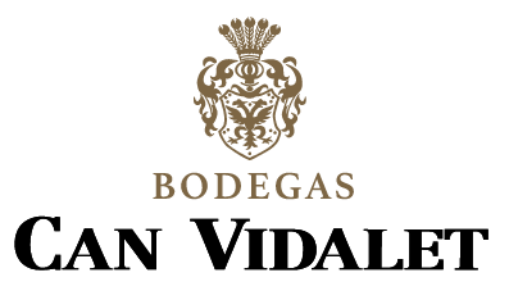Mallorca is not just sun and sea; its deepest essence is discovered inland, in lands cultivated for centuries with care and respect. The Mallorcan terroir, that unique soul giving character to its wines, is a delicate balance between nature, geology, and human tradition. Join us on a sensory journey through vineyards where aromas, flavours and landscapes tell ancestral stories.
The Charm of Dry Stone Walls and Their Aromas of Tradition
As you walk among sun‑drenched vineyards, you can’t help but feel the history beneath your feet and all around you. The dry stone walls — the marges — rise with elegant simplicity, marking plots and creating terraces that seem drawn by the passage of time. Without a single nail or cement, these ancient walls allow water to drain gently, retain moisture, and protect the vines from Mediterranean winds.
"A dry stone wall is more than just a wall — it is the living memory of Mallorca," shares Joan, a local winegrower of three generations. "Each stone laid is an act of respect for the landscape and a legacy for future harvests."
Recognised by UNESCO as Intangible Cultural Heritage, these walls reflect the cultural identity of an island where human hands have learned to live in harmony with nature.

Limestone Soils and Fossils: Geological Heartbeat in Every Sip
Beneath the surface, the terroir keeps an even more evocative secret: limestone soils sprinkled with ancient marine fossils. These remnants, witnesses of a time when Mallorca lay beneath prehistoric seas, give the wine a unique minerality. The calcium carbonate improves drainage, forcing roots to dig deep and extract the pure essence of the earth — creating wines of vibrant complexity and freshness.
"Each fossil is like a signature of time, a secret pact between the land and the vine," says Marta, a passionate oenologist who carefully tends every harvest.
This invisible connection gives the wines their distinctive mineral silkiness, with subtle notes evoking sea breeze, warm stone, and the golden light of the Mediterranean.
Aromas and Flavours Speaking the Mediterranean Terroir
Thanks to this terroir, indigenous varieties like Manto Negro, Callet, and Malvasia create wines with their own personality. Picture a glass where the aromas of ripe red fruits merge with spicy and floral touches, and on the palate, a soft, balanced texture recalls the fresh breeze of the Serra de Tramuntana.
- Callet brings lightness and freshness, with hints of pepper and nutmeg — ideal with traditional tapas.
- In whites, Malvasia offers white flowers, honey, and a vibrant freshness that awakens the senses.
Experiences that Awaken All the Senses
Visiting a family‑owned winery in Mallorca means immersing yourself in a ritual that unites landscape and passion. At Bodegas Can Vidalet, for example, the artisanal spirit is still alive, with every vineyard cared for as a living treasure. Hand harvesting, human touch, and patience are the essential ingredients of a wine with soul.
Your local guide will lead you between the stone walls, share family stories about preserving this hand‑built art, and invite you to taste wines born of this rare harmony. It’s worth pairing the visit with an interactive wine route map to design a personal experience or enjoy videos showing the beauty of the landscape and artisanal process.

Dive into Mallorca’s Terroir
Let yourself be swept away by this sensory journey where every stone, every fossil, every vineyard aroma tells a story.
Mallorca doesn’t just seduce with its coastline — inland beats a terroir full of life and tradition, waiting to be discovered in each glass. „Book here your wine tour in Mallorca“
What to Photograph to Capture the Spirit of the Mallorcan Terroir
- Vineyards with terraces and dry stone walls, capturing natural textures and sunset light.
- Close‑ups of fossils embedded in the limestone soil to show geological history.
- Wine glasses reflecting Mediterranean landscapes to evoke aromas and flavours.
- Portraits of local winegrowers, sharing anecdotes or working by hand.
- Illustrated wine route maps to enhance immersion and planning.

